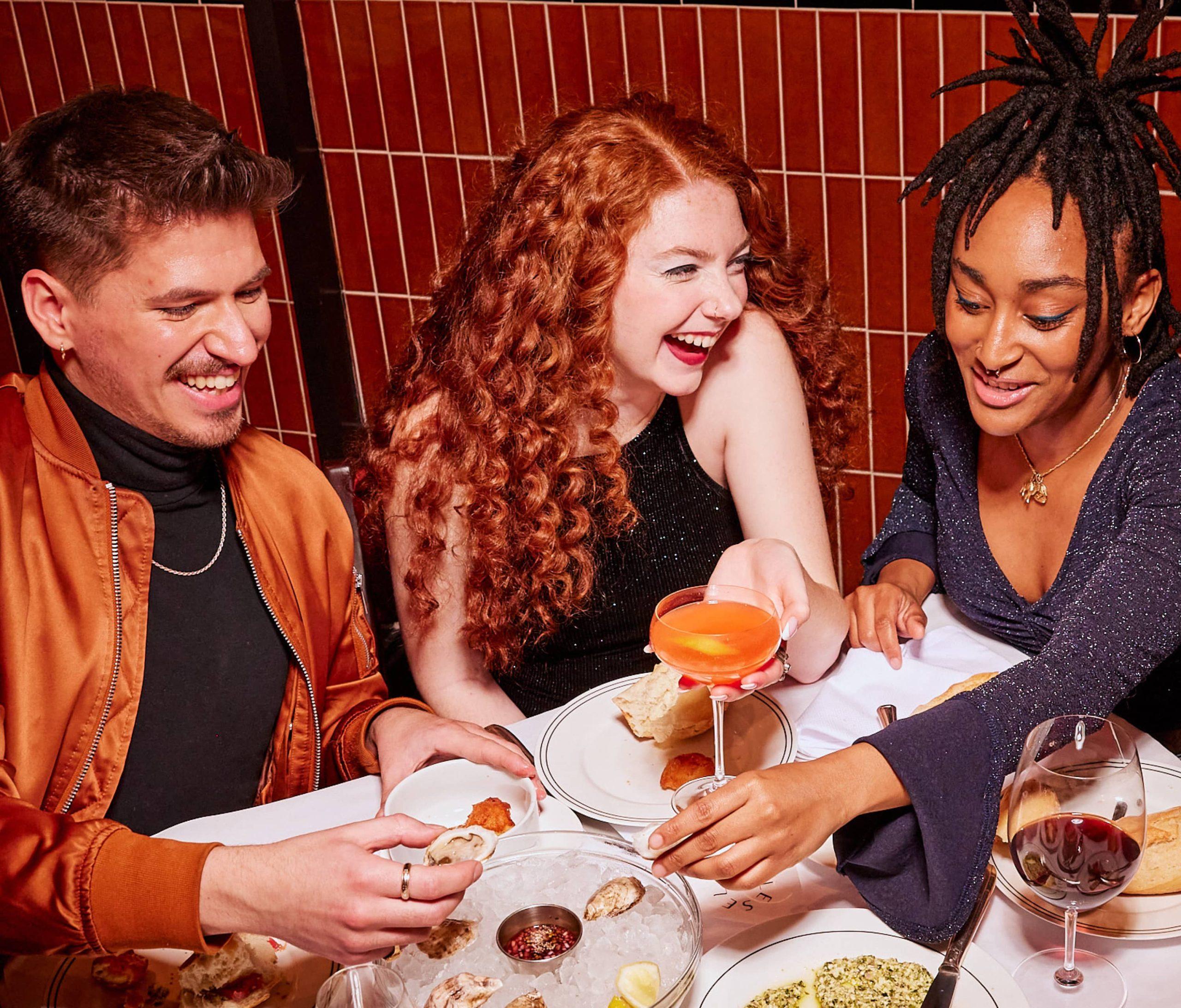There are almost 2 million people living with sight loss in the UK. To find out how this impacts dining out and how restaurants can help, we asked Joy Addo to share her experience.

Having a visual impairment, however, can sometimes make the simplest things, such as dining out, a challenge. I often go back to places that I already know, because a lot of restaurants do not provide accessible menus for me and my friends. Although things have come a long way in terms of awareness and accommodating customers with disabilities, accessibility for diners with visual impairment must be a priority for all restaurants.
According to the Royal National Institute Of Blind People (RNIB), 250 people start to lose their sight in the UK every day. Having a range of menus would help so many individuals and their families. Eating out is, at its core, a sociable event and if everyone cannot access the menus, it can transform outings from fun to awkward, leaving people feeling isolated and different. If a restaurant adopts a partially-sighted-friendly approach then it immediately becomes more accessible. Simply making staff aware that they may need to assist partially sighted diners will make people feel more comfortable in restaurant spaces.
In a recent survey, 78% of respondents said that sight is the sense they fear losing the most. I strongly believe that the fear of missing out is a big part of the reason so many people fear sight loss. If the world was more accessible to blind and partially sighted people, there would be less to be afraid of. There would be a greater sense of normality.
When I go out to eat, I often have to ask the waiter or waitress to read the menu to me as I cannot see it. Not being able to access the information, including prices and ingredients of dishes, means I miss out on exploring new dishes and cocktails I would like to try because I do not want to take up too much of the staff’s time. Of course, if I was with a friend, date or family member that was sighted I would ask them to read the menu but this can take away my sense of independence.

Restaurants can help partially sighted and blind diners by making braille and large print menus available and making sure their websites and apps are compatible with voiceover software so the menu can be read out loud. Being able to access menus before and during a restaurant visit is a great help to my overall experience.
With the OpenTable app, you can use your phone’s voiceover feature to read the menu out loud so you can have the same experience as your friends – making yourself hungry and choosing a dish before you step foot in the restaurant! For example, if I search for restaurants in Bristol, I can find my way to one of my favourite restaurants, Caribbean Croft, and then get my laptop or phone to read the menu out to me.
Nando’s have both braille and large print menus and the restaurant chain has become a favourite of mine (I guess I am a cheap date after all). Pizza Express also provides braille menus. At both of these restaurants I have been able to read the menus in full and get assistance if I required it. However, this experience should not be limited to large chain restaurants. It is now necessary for all restaurants to make their dining experience accessible to all. With apps like OpenTable, I have been able to explore different cuisines – from finding new pizza places like Bufi for date nights, to trying delicious Korean fried chicken at Co&Ko in Soho.
I hope that restaurants keep working on improving their dining experience for all customers, particularly those with partial sightedness and blindness. I for one will be investigating which restaurants are accessible, one cocktail and burger at a time.
To find out more about the charities for partial-sightedness and blindness, please follow these links to the Royal National Institute of Blind People and The Partially Sighted Association.
This is a guest post from podcaster Joy Addo, host of Joy’s World. She has written for Gal-Dem Magazine and featured in various video interviews for Vice Magazine and International Planned Parenthood Federation discussing sex, relationships and parenting whilst living with a disability. She is registered as severely sight impaired and is always on the hunt for a husband.



